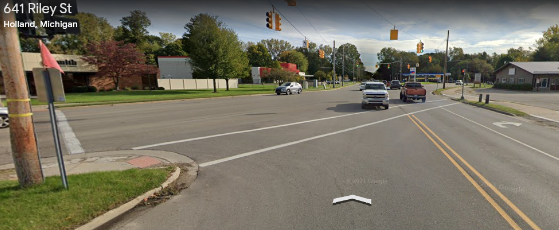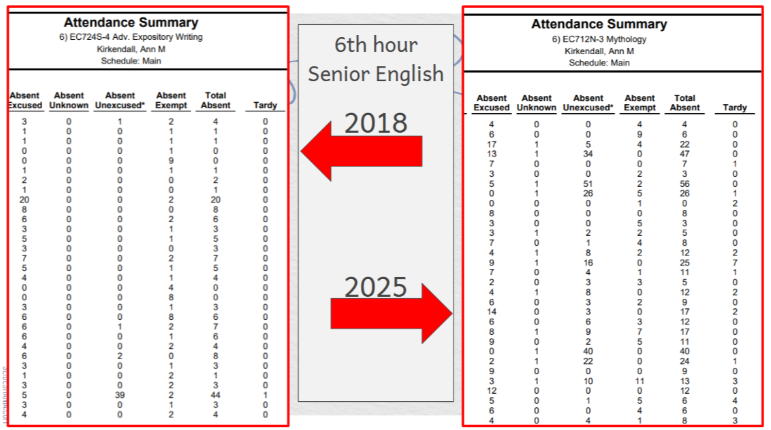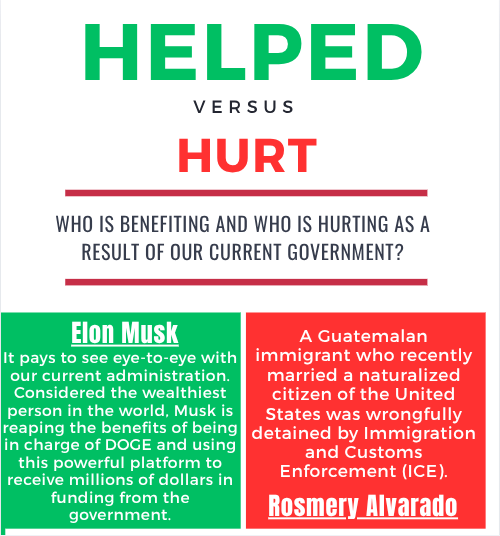“Does this person see me?” I wonder four feet from their front bumper. For a frequent cyclist, weaving through massive cars is often the most dreaded part of my trip. At stop signs and intersections, everyone not in a vehicle is all but neglected, to the detriment of their safety. Having been involved in two crashes on my own bike over the years, any street not designed with the utmost care often fills me with anxiety.
Casual interest in urban planning has skyrocketed in recent years. Specifically, issues with pedestrian and cyclist-safe infrastructure have come to the forefront of much of the media.
The chief focus will be on intersections, as they contribute to over a third of all crashes according to personal injury attorneys Siegfried and Jensen. Crashes at intersections are especially dangerous for cyclists, as the Bicycle Safety Guide and Countermeasure Selection System notes, they are where the majority of injuries from crashes take place.
The Netherlands is one of the most cycling friendly countries on earth, claims travel guide Everything Overseas. Holland, of course, as one of the most Dutch-influenced cities in the US (especially in name), benefits significantly from this association, with a Bicycle Friendly Community Rating and several unique cycling events, says the Michigan Department of Transportation.
Looking at Michigan Traffic Crashes Facts, it is apparent that the Holland area has more crashes than neighboring cities, which should concern Holland residents and lead to some demand for change. Thankfully, it seems that recent developments in the city lend themselves to optimism, and a number of reforms have been enacted in recent decades that are specifically meant to ensure the wellbeing of cyclists and pedestrians.
One site that has garnered some necessary attention has been the intersection of 16th Street and Central Avenue. This intersection has been the setting of several crashes, making it somewhat precarious. Luckily, the Holland Moves Plan, or Holland Non-Motorized Plan, calls attention to problematic areas like these; it even goes so far as to highlight this intersection in particular as a place of “high priority.”
Senior Urban Planner Steve Peterson made it clear that such designations (high, low, or medium) are not the end all be all of any planning decision. Their nature is similar to that of the plan in general according to Peterson; they are to be not rigorously adhered to more than they are rough recommendations that guide planning decisions for as long as necessary. “Each plan” is meant to be “building on the last,” Peterson said in regards to plans like the Holland Moves Plan. New ambitions and projects open up with “new developments and funding possibilities.”
Peterson spoke in-depth about the changes that most excited him. “I’m very optimistic that we will be able to connect existing bike and pedestrian infrastructure to the transit system,” Peterson said. This emphasizes the multifaceted nature of infrastructure reform and the holistic approach that the city of Holland is taking to streets. Improving pedestrian and cycling friendliness also relies on ensuring that complementary institutions, like public transit, are able to accommodate them.
Though Peterson, of course, recognized the importance of change going forward, he also made it clear that he was happy about our existing infrastructure. Specifically, he thought that we already “had a lot of gaps filled” and was particularly pleased by our grid system, which sees streets laid out mostly straight and at right angles to each other. This type of design is not only conducive to traffic dispersion but also to walking and biking as it is more likely to see growth overtime than other design approaches, finds the Congress for New Urbanism.

Local commuter and high-school teacher Chris Knoll sees some causes for optimism, saying he’s noticed more people willing to bike in all weather conditions. Even with this hope, Knoll has noticed several issues. Perhaps his two biggest desires were wider sidewalks and for the city to “put up more bike racks.” He also shares a concern I have about the intersection between Riley and Butternut, a spot which feels especially insecure for those on the sidewalks because of the busyness of the area.

Addressing issues with infrastructure is difficult and complex, with no one-size solution presenting itself for any given city. Those people like Peterson still can give us hope for a brighter future, working behind the scenes to make sure that the world of tomorrow is safer than that of yesterday.












